Your cart is currently empty!
ancient tree tea
cakes, pearls, and loose leaf tea sourced from tea trees hundreds of years old
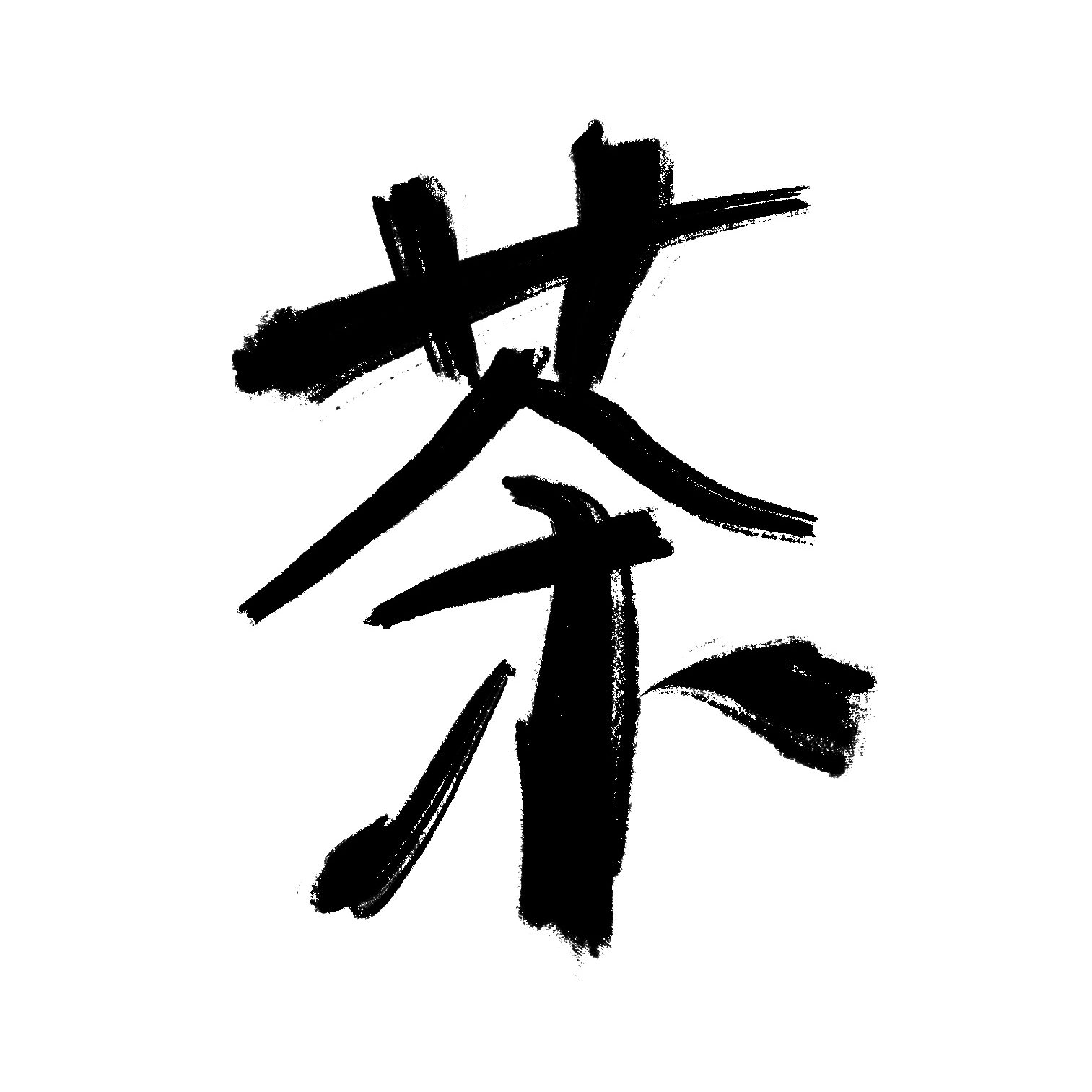
In China’s Xishuangbanna (西双版纳) region, wild tea trees grow up to 30 feet tall. These trees are state-protected and over a hundred years old.
The Jingmai Mountain region was recognized as a UNESCO World Heritage Site in 2023 because of the forest’s cultural importance to the Dai and Blang native peoples. The tea trees are traditionally harvested once a year to create a unique type of dark tea called puerh 普洱

cakes
tea compressed into a bing or cake shape
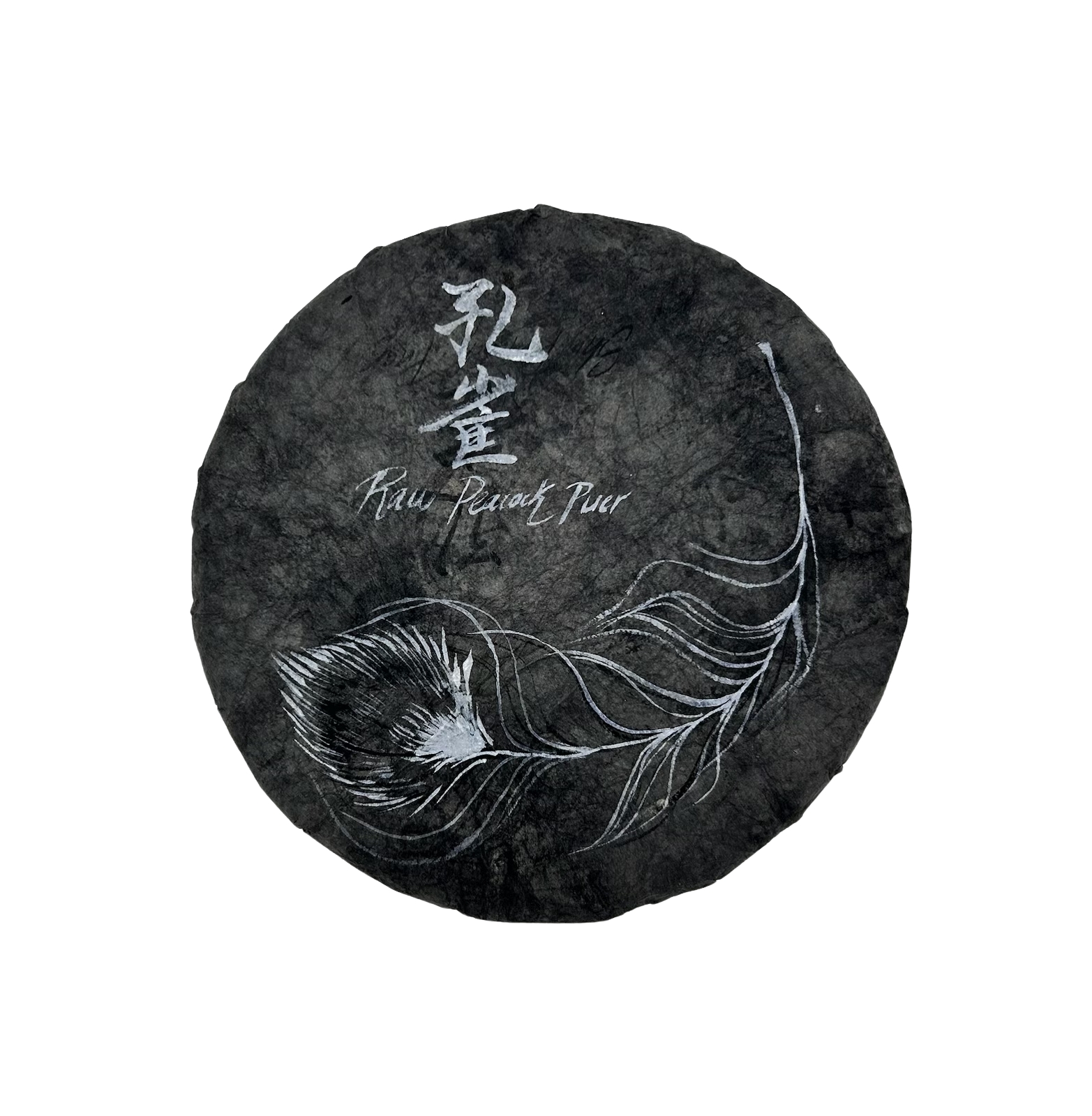
$120
50 servings
100 g | 3.53 oz | 2019
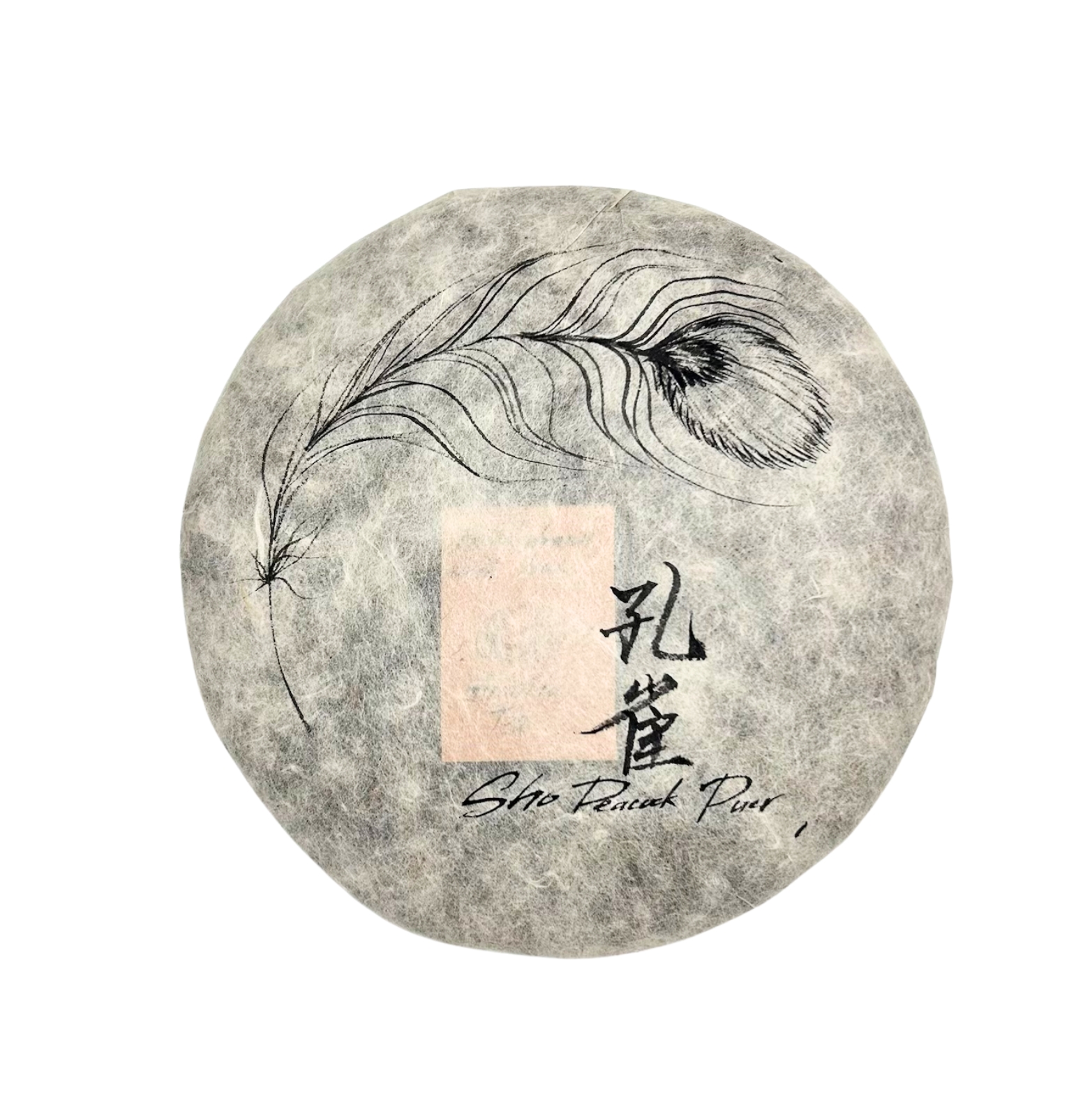
$100
50 servings
100 g | 3.53 oz | 2016
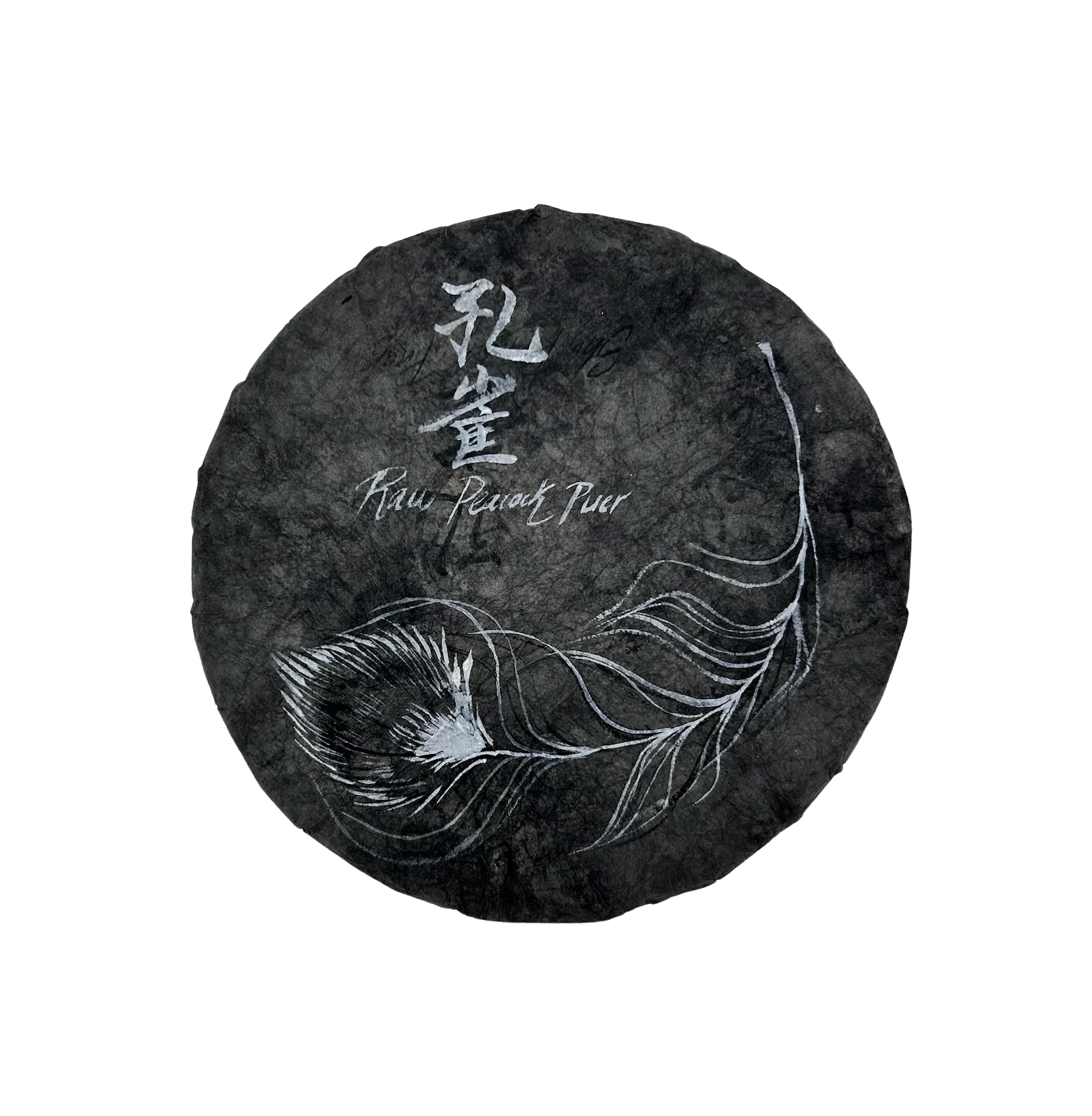
$50
25 servings
50 g | 1.26 oz | 2018
pearls
tea pressed into a longzhu or ball shape
ripe puerh
set of 3
$12
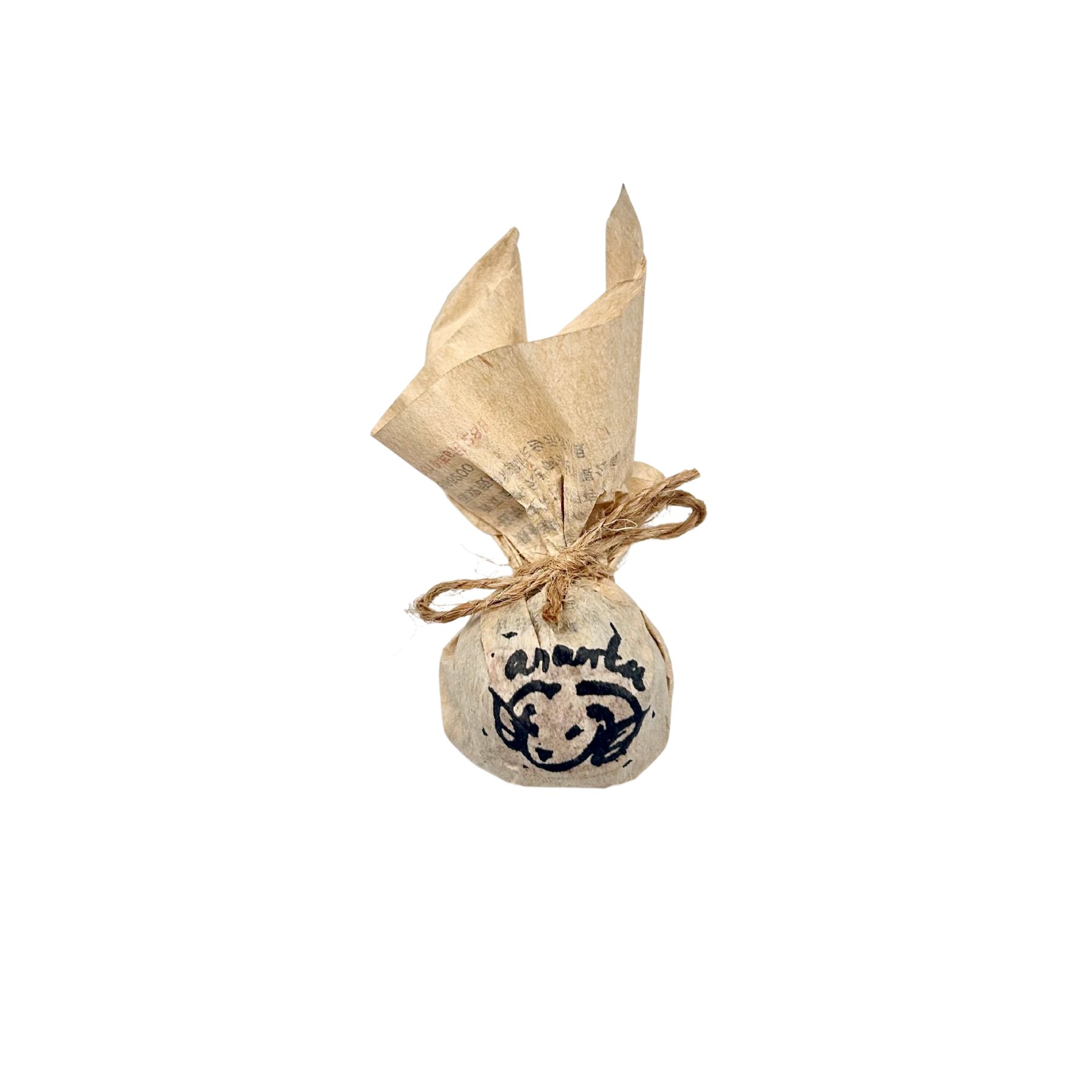
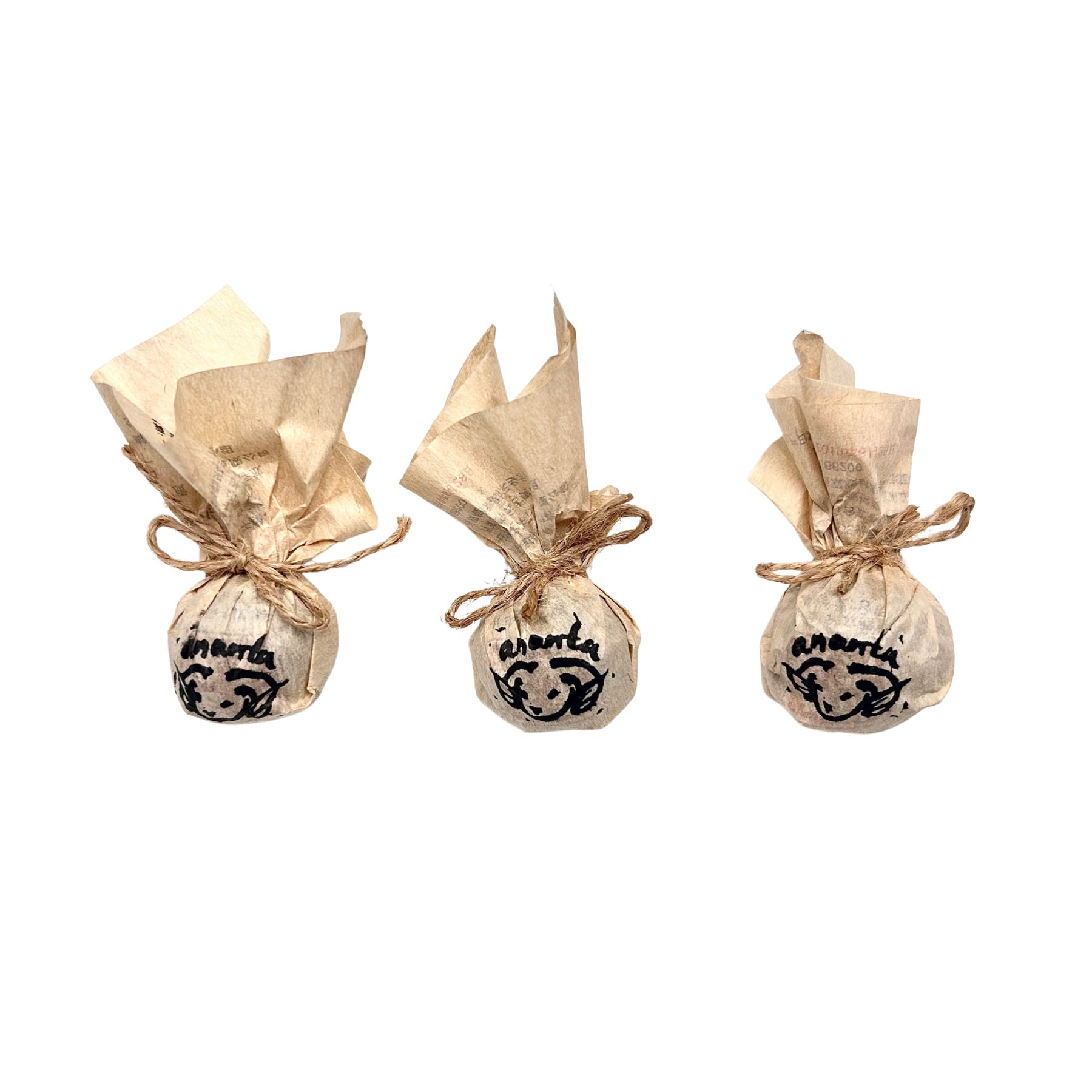
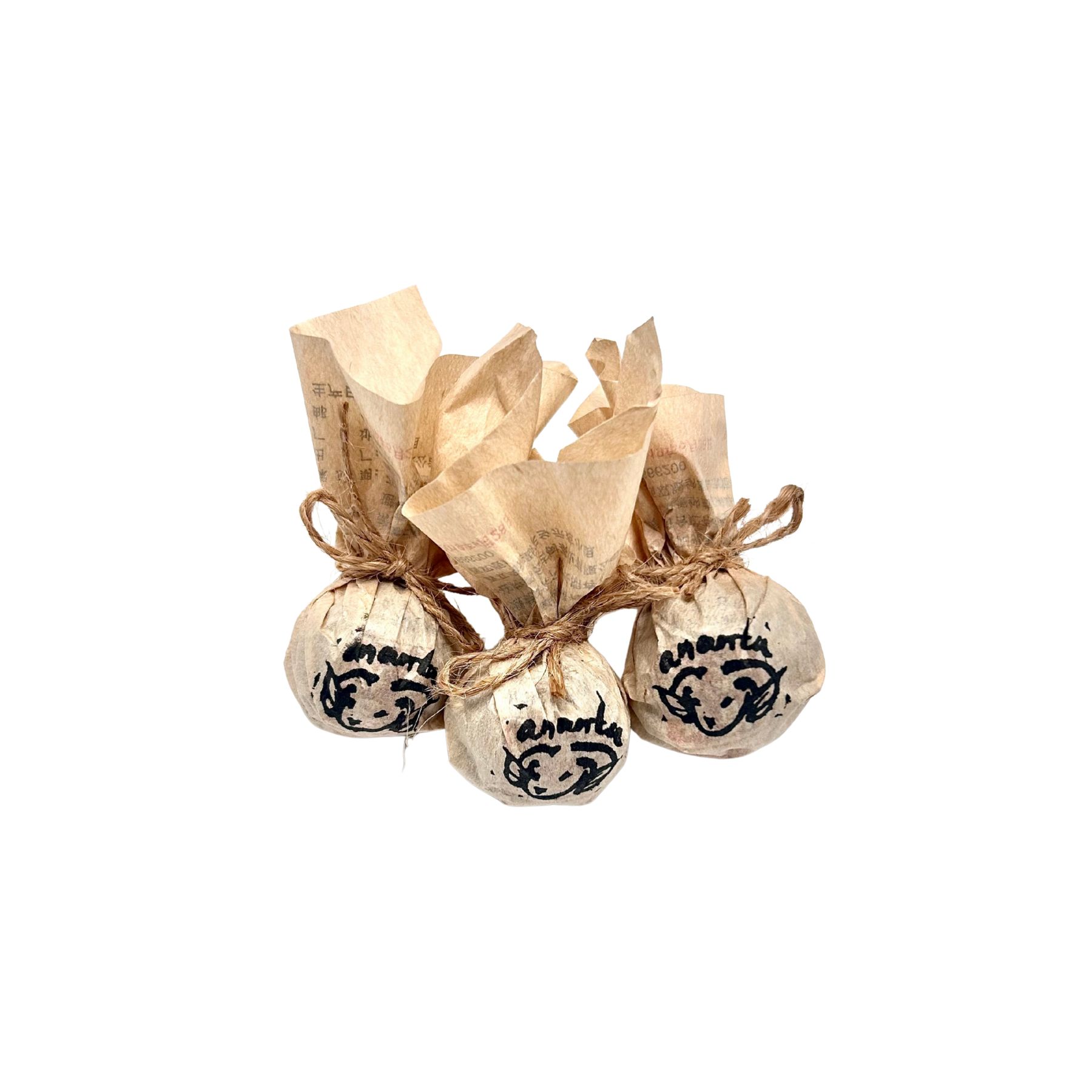
white tea
set of 3
$10
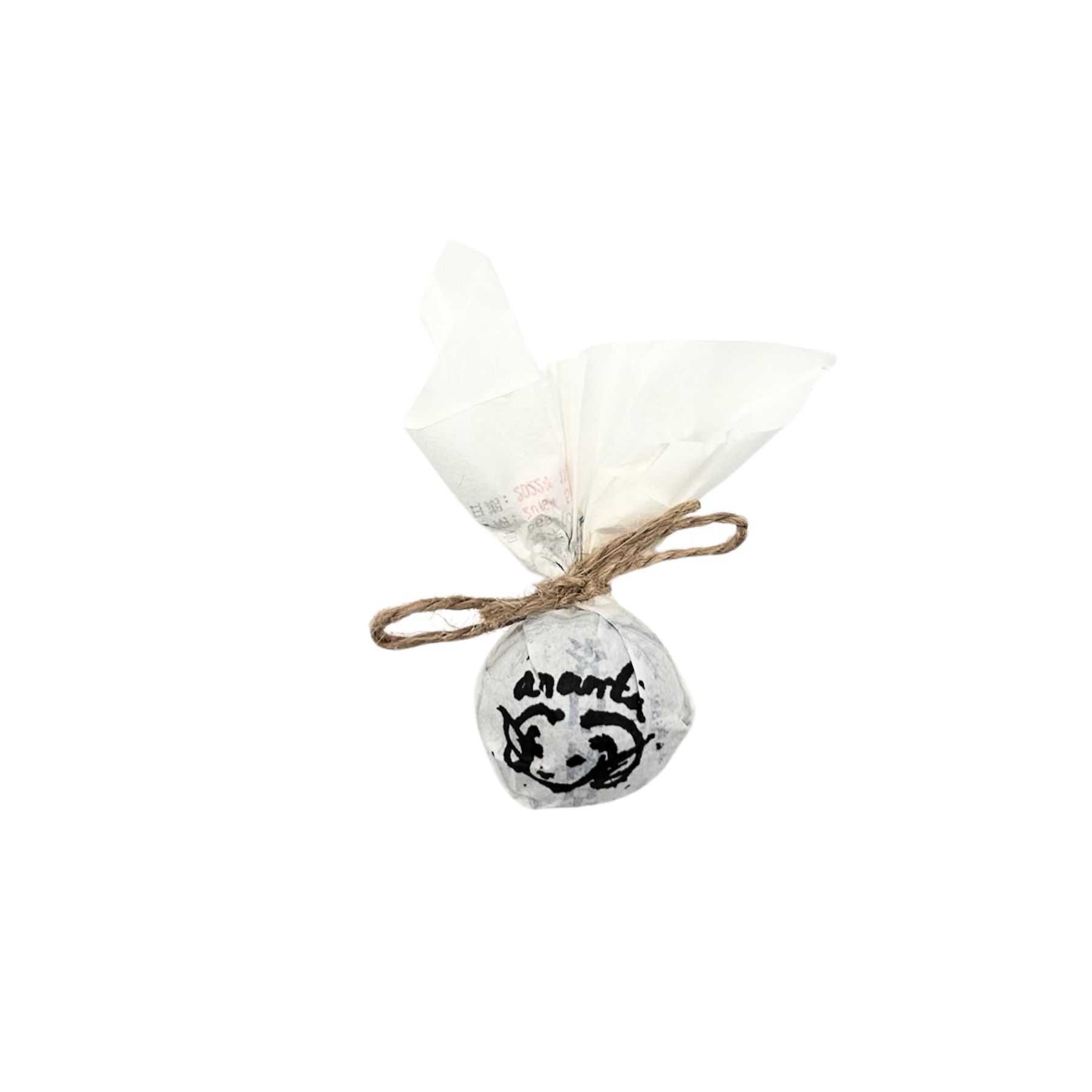
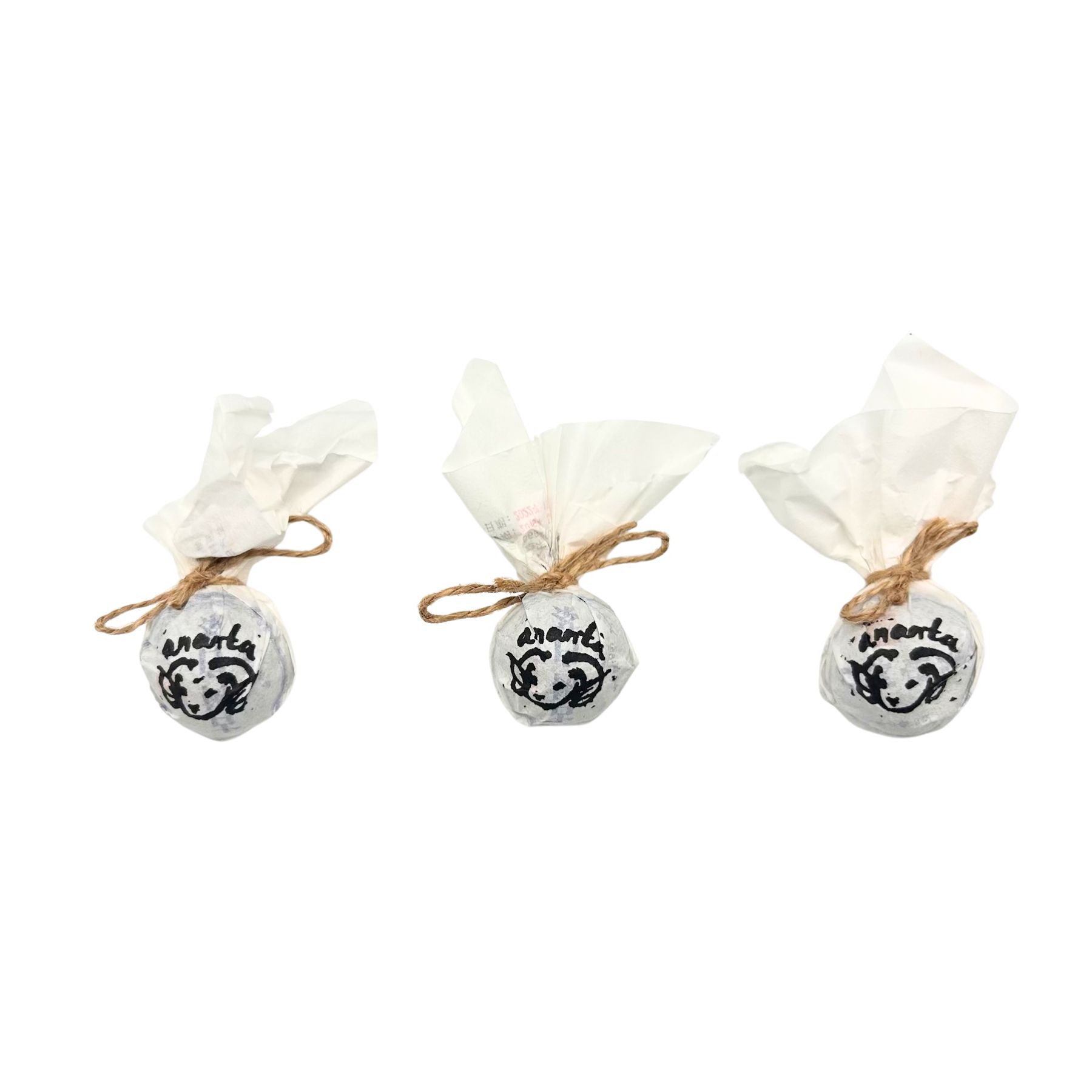
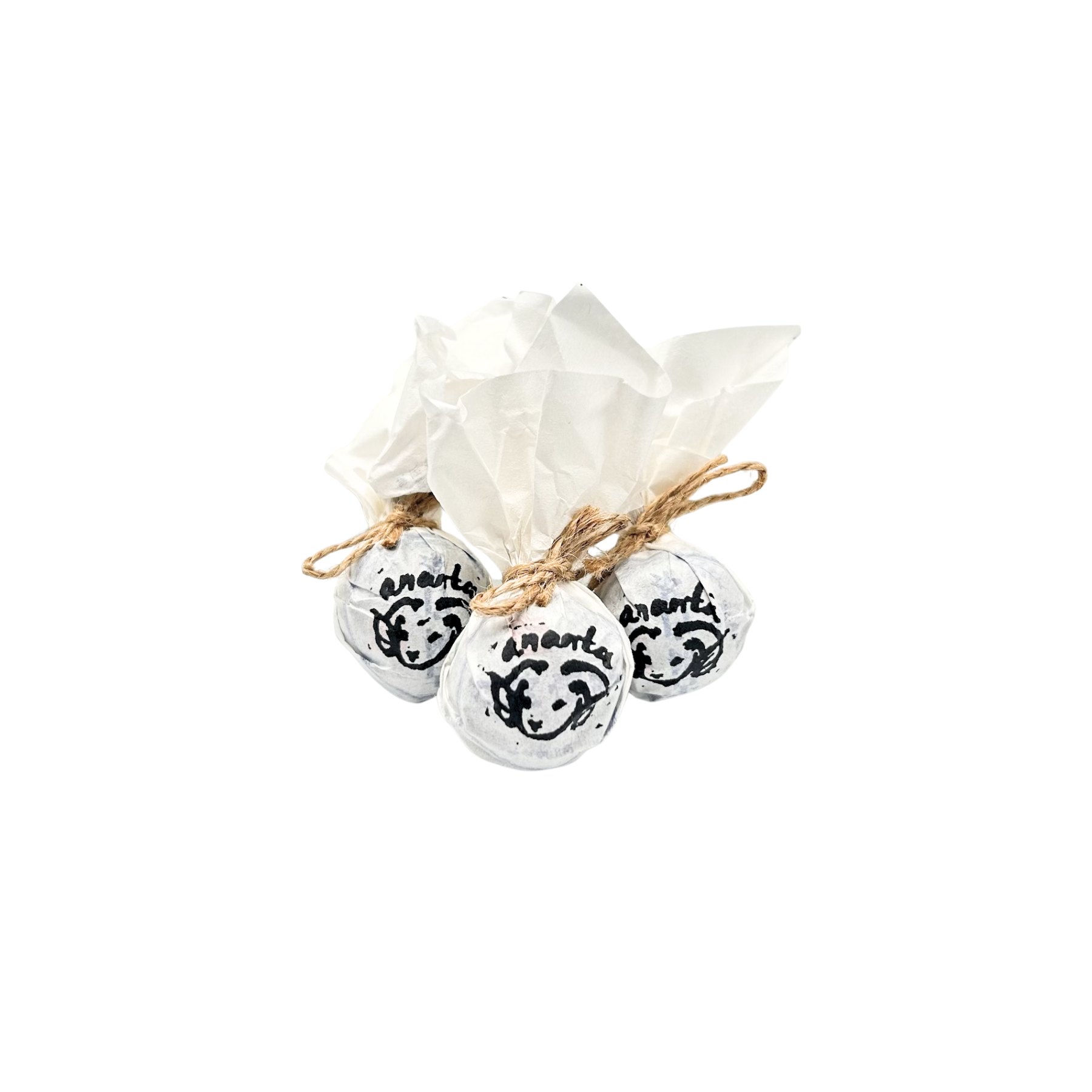
what is puerh?
puerh is commonly mistaken to be simply a type of black tea from china. puerh is only produced from tea trees, a variation of the common tea plant known as Camellia sinensis var. assamica. These plants only naturally grow in Yunnan province of Southern China.




while other black teas rely solely on enzymes in the leaves to oxidize the leaves, puerh leaves are fully fermented by microbes, fungi, and other molds present in the tree. the resulting tea has a uniquely rich and earthy taste
origins
A richly diverse land, the Yunnan region is home to 25 recognized minority ethnic groups. The ancient groves of tree teas are cared for by indigenous groups like the Blang and Dai, whose stewardship preserves the delicate balance between nature and tradition.
According to Blang legend, an ancestor named Pa Aileng discovered the medicinal benefits of tea in the 10th century and began cultivating these treasured trees. Today, his legacy lives on as the Blang continue to honor nature’s spirit, producing teas that are less bitter and richer in nutrients thanks to their careful, sustainable cultivation methods.
Puerh tea is often called “drinkable gold”
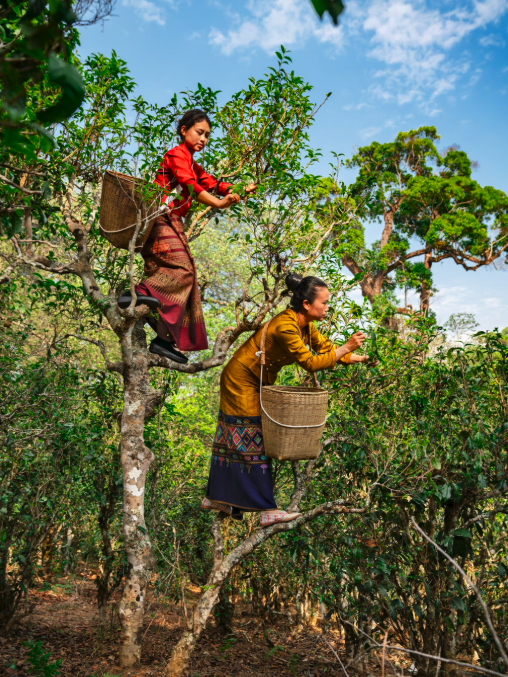
sho 熟 puerh
rich and earthy, sho means ripe or cooked. ripe puerh leaves are kept in a moist environment to support quicker fermentation. the tea matures like wine, gaining more complex flavor and sweetness with age

sheng 生 puerh
vibrant and brisk, sheng means raw and is sometimes likened to a sharp green tea. sheng puerh has bright, floral notes with a natural bitterness. its minimal processing and natural fermentation makes older batches extremely desirable

